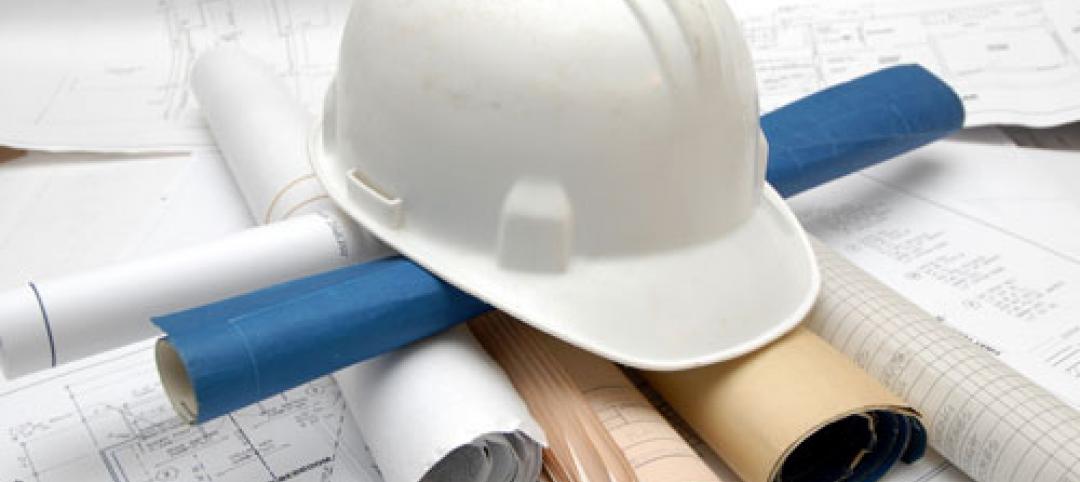Local building code officials should be involved early in a project to produce better building performance, according to a new white paper by the National Institute of Building Sciences National Council on Building Codes and Standards (NCBCS).
Engaging Code Officials Early in the Process to Achieve High-Performance Buildings makes the case for code officials to act more as collaborators and facilitators on projects. This will result in the building team being able to better tap into the expertise of codes officials.
“Many communities are adopting customer-service focused models to engage with their citizens,” the white paper says. “The code department can and should serve as a shining example of a customer-centered municipal function, while maintaining its important mission of assuring community safety.”
“Involving code officials, such as building, fire, mechanical and plumbing officials early in the project provides the project team with comprehensive client services while helping to deliver predictable enforcement expectations. This initial engagement creates a link between stakeholders, economic development and health, safety, and welfare by involving the relevant authorities.”
The white paper offers suggestions for implementing a more collaborative approach and addresses potential challenges. It includes a draft meeting agenda for jurisdictions to reference when setting up initiation meetings with teams when beginning new projects.
Related Stories
| Jan 30, 2012
ZigBee and ISO 50001: Two new standards to make buildings greener
These developments demonstrate the dynamic nature of the market and the continued need for development of program standards of many different types that help builders and owners translate high performance and sustainable buildings goals into practical measures on the ground.
| Jan 30, 2012
New firm-fixed-price rules on federal contracts impact construction industry
Contractors will need to be on the lookout for policies such as the Contractor Accountability for Quality clause.
| Jan 30, 2012
Roofer’s fatal plunge demonstrates need for fall-prevention regulations
“The biggest problem is getting our workers to use the equipment,” says Michael J. Florio, executive director of the organization.
| Jan 26, 2012
Tampa moves to streamlined online permitting system
The system will replace an inefficient patchwork of old software and is designed to provide businesses, homeowners, and contractors with online access to permitting and licensing information.
| Jan 26, 2012
EPA to collect more data, seek comments before finalizing mud rule
The EPA says it will seek more data and is accepting comments until March 5.
| Jan 26, 2012
Industry challenges Connecticut's suit over defective construction work
The dispute arose over multimillion-dollar leaks at the University of Connecticut's law library.
| Jan 26, 2012
Earthquake 'fuse' could save buildings during temblors
The idea is to use an earthquake "fuse" that can prevent the tiny fractures and warps that make structures unsafe after a quake and very expensive to repair.
| Jan 26, 2012
HPD open materials standard for green building materials gains momentum
GreenWizard, provider of a cloud-based product management and project collaboration software, is the latest industry participant to sign on
















